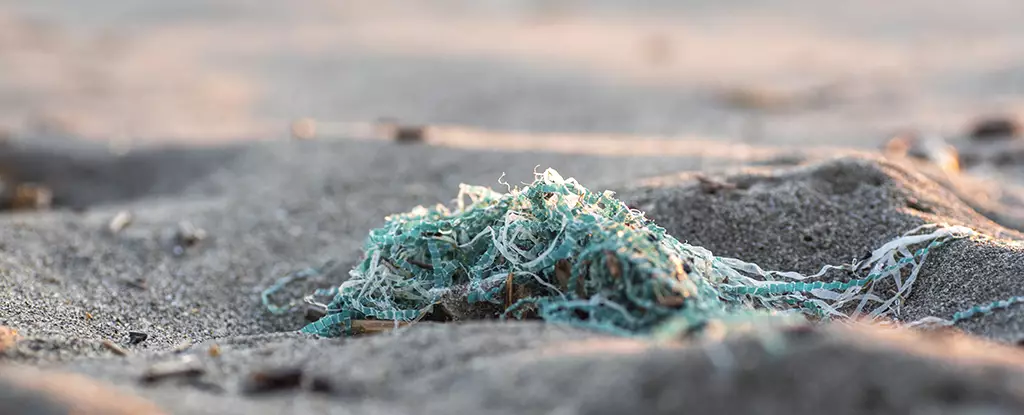In the vast landscape of environmental science, two pressing issues have emerged as particularly troubling: microplastics and “forever chemicals,” formally known as per- and polyfluoroalkyl substances (PFAS). These pollutants pose significant risks to the environment and public health, but recent research reveals that their combined effects may be even more severe than previously understood. A pioneering study conducted by researchers at the University of Birmingham has demonstrated that the interaction between microplastics and PFAS leads to more pronounced harm in aquatic organisms than when these contaminants exist in isolation.
The study in question focused on Daphnia magna, commonly referred to as water fleas, which serve as critical indicators of aquatic health. The researchers exposed these tiny crustaceans to microplastics and PFAS both individually and in concert. The findings were illuminating: the water fleas experienced up to 41% more damage when exposed to both pollutants simultaneously compared to the effects of each pollutant alone. Such damage manifested in several ways, including stunted growth, delayed sexual maturation, and a reduction in reproductive output. These detrimental effects were exacerbated when the water fleas had been previously exposed to additional chemical pollutants, highlighting a concerning cumulative impact that calls for urgent scrutiny.
Environmental scientist Mohamed Abdallah underscores the necessity of investigating pollutants as they interact throughout the life cycles of organisms. This holistic approach is vital for grasping the full spectrum of risks these substances pose, especially in light of increasingly polluted ecosystems. As our environment becomes a patchwork of various pollutants, understanding these interactions is crucial for formulating effective conservation strategies and policies that address emerging contaminants.
Microplastics are defined as plastic particles measuring less than 5 millimeters in size, originating from the degradation of larger plastic items or as fibers released during the washing of synthetic textiles. Their prevalence in both terrestrial and aquatic environments raises significant concerns. While research on microplastics is still ongoing, their infiltration into even the most remote ecosystems, as well as into human bodies, amplifies the urgency of the issue.
Conversely, PFAS are integral to numerous industrial manufacturing processes for their water and oil-repelling properties. These so-called “forever chemicals” are notoriously persistent, resisting breakdown in the environment, and have been implicated in various health issues, including kidney damage and cancer. Alarmingly, traces of PFAS have been detected in wildlife and even in precipitation, attesting to their omnipresence and the sheer scale of the challenge we face.
This study offers a fascinating glimpse into the complexity of pollutant interactions and sets the stage for further exploration into how PFAS may influence genetic functions within aquatic species. Researcher Luisa Orsini emphasizes that understanding the long-term biological consequences of PFAS is essential for developing a comprehensive assessment of their environmental impact. As scientific tools advance, researchers are optimistic that they can more accurately quantify the harm inflicted by multiple pollutants acting in tandem.
Furthermore, these findings extend beyond the aquatic realm into human health, highlighting the urgent need for regulatory measures that account for the co-occurrence of various pollutants. By understanding how microplastics and PFAS synergistically affect wildlife, we can better address the broader implications for ecosystems and human populations.
The implications of this research are profound. As scientists continue to unravel the complexities of environmental pollution, the call for an integrated approach to regulating and mitigating these substances becomes ever more pressing. The need for a comprehensive framework that addresses not just individual pollutants but also their combinations is crucial in a world where contaminants are increasingly ubiquitous. The health of our ecosystems and populations depends on our ability to recognize these interconnected challenges and take decisive action. The time for awareness and change is now, for both aquatic species and humanity alike.


Leave a Reply